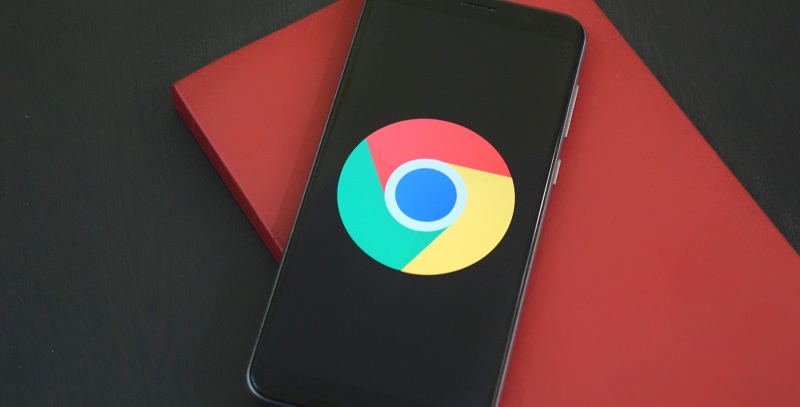The Pixel 8 is one of the most anticipated smartphones of 2023, and information about the upcoming Google flagship is slowly making its way to the internet. We’ve already seen a leak from a Google insider that revealed the display specs for the Pixel 8 and the Pixel 8 Pro, but now we have more information about the color options and wallpaper themes for the new handsets.
Pixel 8 Display Specs and Camera
The Pixel 8 is expected to have a 6.17-inch display, while the Pixel 8 Pro will sport a larger 6.70-inch display. Both phones will feature the 50MP ISOCELL GN2 camera sensor, which is an improvement over the sensor used on the previous Pixel 7 series. The upgraded camera is also expected to include improvements to the Night mode and other photography features.
The color options for the Pixel 8
Some information on the possible color options for both the Pixel 8 and the Pixel 8 Pro. According to the insider, the Pixel 8 will come in four color options: Haze, Jade, Licorice, and Peony. The Pixel 8 Pro will have Licorice, Jade, Porcelain, Sky colors too.
Wallpaper Theme for Pixel 8 Series
The creator of the Pixel 8 series wallpapers will be Andrew Zuckerman, a photographer and filmmaker who also created the wallpapers for the Pixel 6 and the Pixel 7 series. Zuckerman is known for his artistic eye and his ability to capture unique and beautiful images. The wallpapers will be designed to be visually stunning while also providing a calming and relaxing background for the user.
The Pixel 8 promises to be an exciting new addition to the smartphone market with improved specs and a beautiful design. With the addition of stunning wallpaper themes and a variety of color options, the Pixel 8 series is sure to be a hit with consumers.

